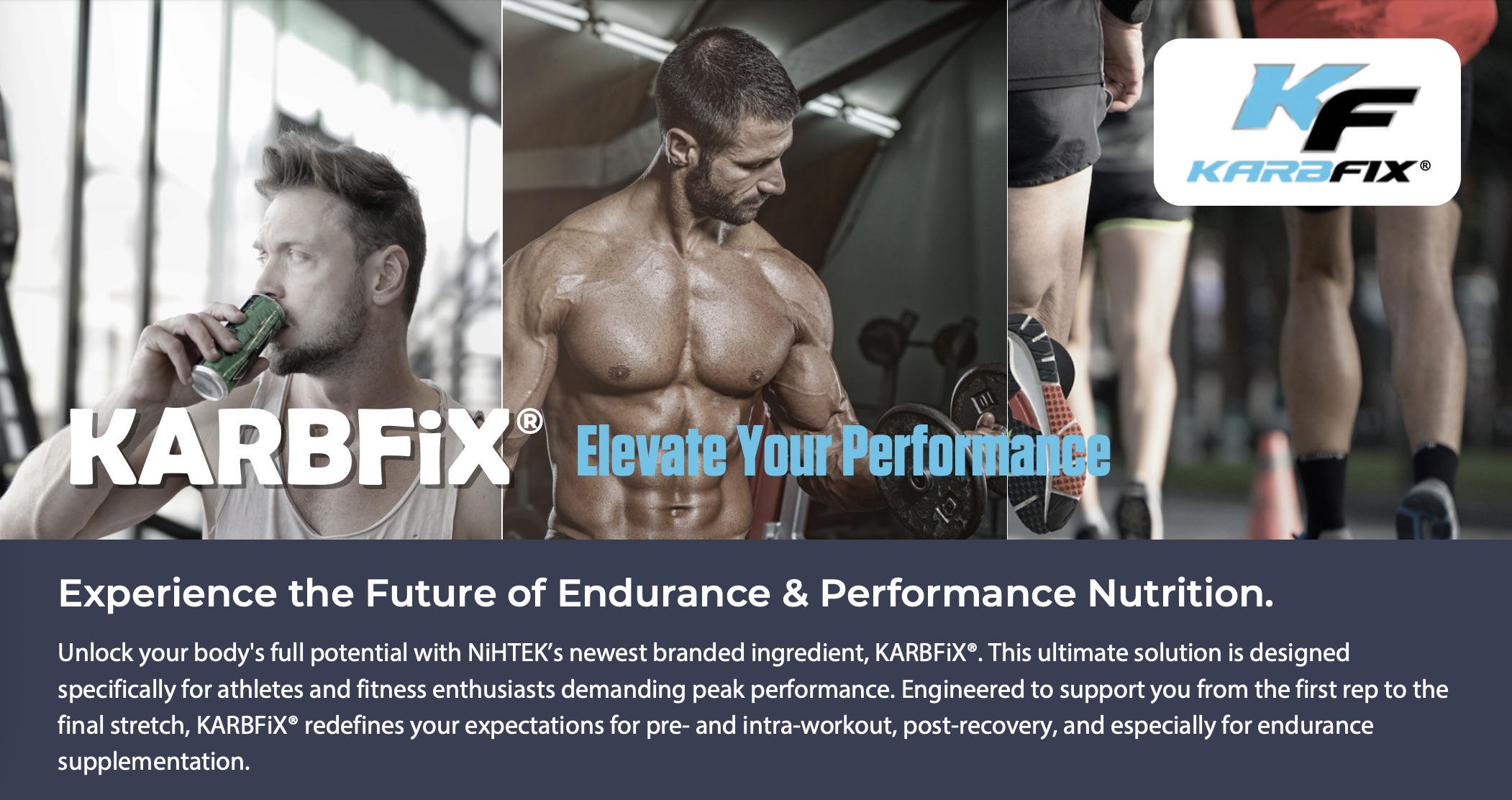
Editorial by Dr. Seiji Aoyagi
Chief Science Officer, NiHTEK®
- Chief Science Officer at NiHTEK®
- 35+ years in sports & clinical nutrition (Japan)
- Leads NiHPRO®Family (Core, Bev, Puffs) & KARBFiX® science
- Guides APH™ & MPi™ technology programs
- University/hospital collaborations on human studies
- Champion of third-party validation (Informed-Choice®, Informed-Protein®)
- Principal scientific spokesperson for “Protein For EveryBODY™”
Amino spiking, or nitrogen or protein spiking, is a deceptive practice in the protein supplement industry. Ill manufacturers intentionally add cheap non-essential amino acids (e.g., glycine, alanine) or high nitrogen containing compounds (e.g., melamine) to protein powders, artificially inflating the apparent protein content on the product label and misleading consumers about the actual nutritional value.
Internationally, the Codex Alimentarius regulates the protein content and quality of foods1. According to the food labeling laws in many jurisdictions, the protein content is calculated by measuring the nitrogen content and then multiplied by a factor, ranging from 5.18-6.38 depending on the food group or simply by 6.25 across1,2. Several methods exist that are used in different food industries to quantify nitrogen. Commonly used methods are Kjeldahl and Dumas methods. These methods measure the total nitrogen and cannot distinguish the nitrogen coming from protein or freely added nitrogen-rich compounds. Thus, it is easy to inflate the true nutritional value of the protein, but it is not the reflection of the essential amino acid (EAA) content. We consume protein for EAA for muscle synthesis and bodily functions because we cannot make EAA in our body.
How different is EAA fortification versus amino spiking? Materials used for amino spiking are non-essential and non-proteinogenic (used for protein synthesis). Fortification with EAA increases the nutritional value of the protein with improved DIAAS (Digestible Indispensable Amino Acid Score). Typically, BCAA (L-Leucine, L-Isoleucine, L-Valine), L-Methionine, and L-Lysine are industrially added to high performance proteins and in domesticated animal feeds to improve the protein quality. Amino spiking does not provide any benefit and only deceives the consumers.

References
- Lewis JL. Brit J Nut (2012) 108;S212-221
- Hayes M. Foods (2020) 9;1340





